The Success Path and Hidden Concerns of the K-Pop: Systemic Mechanisms and Cultural Discounting in Cross-Cultural Communication
DOI: 10.23977/mediacr.2025.060505 | Downloads: 0 | Views: 91
Author(s)
Qiupeng Geng 1
Affiliation(s)
1 Fontbonne Academy, 02101, Boston, USA
Corresponding Author
Qiupeng GengABSTRACT
With the continuous deepening of globalization, cultural dissemination is imperative. From the perspective of "successful narration" of K-Pop, this paper discusses the successful mechanism of K-Pop's culture communication and makes a critical analysis of its current potential worries and long-term disputes. By reviewing and organizing existing literature, the conclusions of representative studies on cultural communication were summarized, shortcomings were identified, the development of Chinese idol culture was introduced, and the impact of K-Pop on C-Pop was analyzed. Future research directions were proposed. Ultimately, research on the success mechanism and controversies of the K-Pop can help guide Chinese popular music to avoid pitfalls such as homogenization and excessive commercialization.
KEYWORDS
K-Pop, Cultural Discounting, Cultural DisseminationCITE THIS PAPER
Qiupeng Geng, The Success Path and Hidden Concerns of the K-Pop: Systemic Mechanisms and Cultural Discounting in Cross-Cultural Communication. Media and Communication Research (2025) Vol. 6: 26-32. DOI: http://dx.doi.org/10.23977/mediacr.2025.060505.
REFERENCES
[1] Kim, Minwoo (2017).Breakthrough of Multiculturalism in the Context of Globalization: Taking the K-Pop as an Example. Modern Communication (Journal of Communication University of China), 39 (06): 167-168.
[2] Jin Yong. (2013). Analysis of the Strengths and Weaknesses in South Korea's International Communication and Its Implications for China. Journal of Journalism and Communication Studies, 20(08), 53-66+127.
[3] Zhu Zhaoyi (2023). The internationalization mechanism of the "K-Pop" from the perspective of platform cosmopolitanism - based on the example of Korean dramas. Modern Communication (Journal of Communication University of China), 45 (02), 120-127.
[4] Anrui Jiang.(2024).Analysis of Korean Pop Music: The Enlightenment for Chinese Pop Music. Advances in Humanities Research,5(1),1-7.
[5] Zhang, Z. & Fu, Q. (2016). The Role of National Power in the International Dissemination of Korean Dramas and Its Implications. TV Research, (09), 75-77.
[6] Teng, Q. (2010). Reflections on the "Korean Wave" phenomenon in popular music. Journal of Harbin Institute of Technology (Social Sciences Edition), 12(1), 148–152.
[7] Dai, L. (2021). Pan-Asian cultural identity: Hallyu studies in the English-speaking world. Fujian Forum (Humanities & Social Sciences Edition), (6), 140–148.
[8] Zhang, L. & Hu, Y. (2020). From a cultural-export to a cultural-reciprocity perspective: Rethinking Chinese international communication through the “Korean Wave.” Modern Audio-Video Arts, (9), 13–18.
[9] Nie, J. (2017). An in-depth discussion on how K-Pop drives the Korean Wave culture to the world. Yi Hai, (08), 142-145.
[10] Zhang, J. (2023). The communication mode of K-Pop Korean idol groups from the perspective of cultural globalization: EXO as an example. Dean & Francis.
[11] Dan, W. (2009). How Chinese cultural communication can break through in cultural globalization. News Window, (06), 88–89.
[12] Niu, L. J. (2016). Three Models of South Korea’s Cultural Internationalization Strategy. People’s Forum·Academic Frontiers, (10), 28–33.
[13] Li Jiajun.(2024).Localization Strategies for Cultural and Creative Industries in the Context of Globalization.Open Journal of Social Sciences,12(11),312-321.
| Downloads: | 19936 |
|---|---|
| Visits: | 460685 |
Sponsors, Associates, and Links
-
Journal of Language Testing & Assessment

-
Information and Knowledge Management

-
Military and Armament Science

-
Journal of Human Movement Science

-
Art and Performance Letters
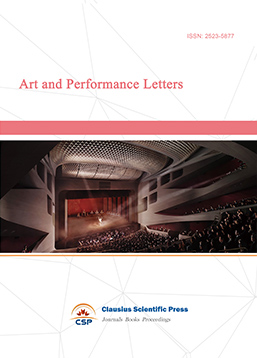
-
Lecture Notes on History
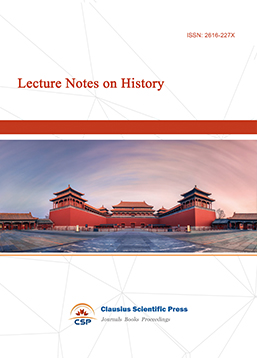
-
Lecture Notes on Language and Literature

-
Philosophy Journal
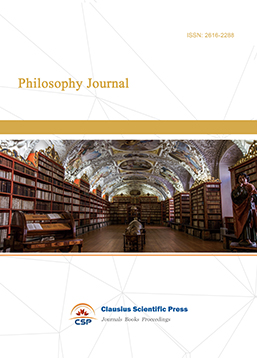
-
Science of Law Journal

-
Journal of Political Science Research
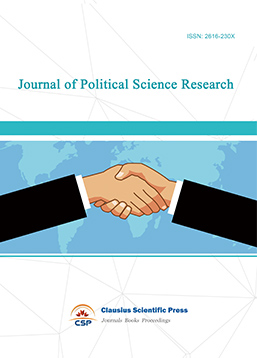
-
Journal of Sociology and Ethnology
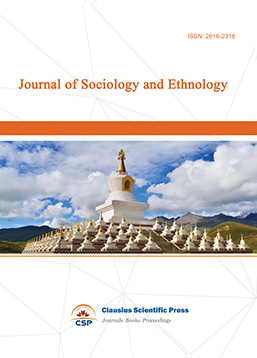
-
Advances in Broadcasting
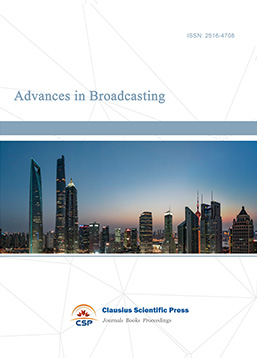

 Download as PDF
Download as PDF